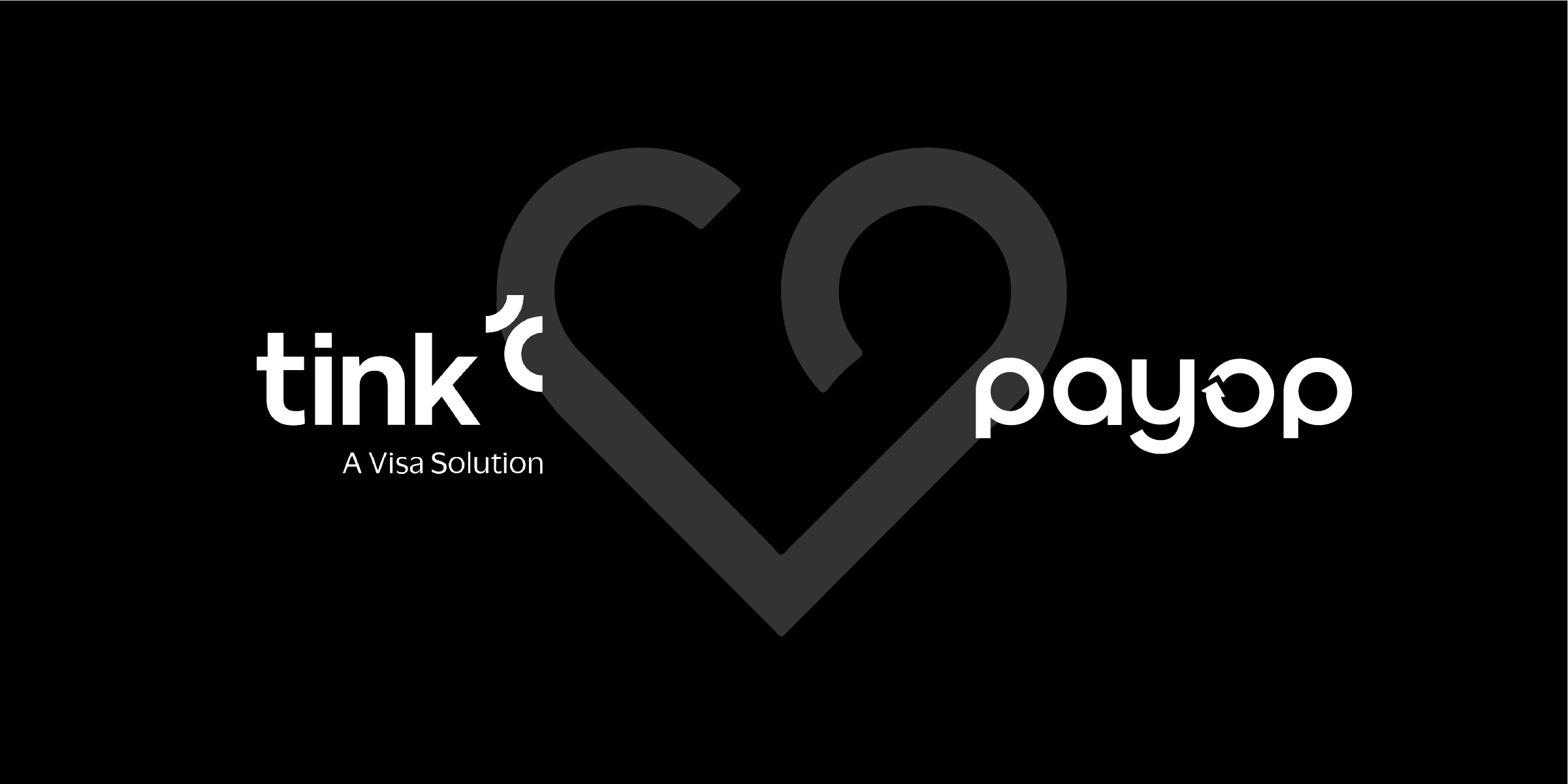Payment regulations in Asia: A detailed overview

The regulatory landscape for payments in Asia is as diverse as the region itself. Each country has developed its own framework to address the specific challenges and opportunities within its financial system.
Unfortunately for businesses, these are not just technicalities. Payment regulation shapes how businesses operate, ensuring transactions’ security, transparency, and efficiency. The good news is that working with a trusted PSP, you won’t have to worry about all of this, as the responsibility lies with the provider.
Nevertheless, it’s worth knowing the basics. In this article, we will take a detailed look at the payment regulations in Asia’s key countries: China, India, Japan, Singapore, Indonesia, Malaysia, Thailand, and Vietnam.If you want to learn more about the European market and its regulations, follow the link.
Payment regulations in China
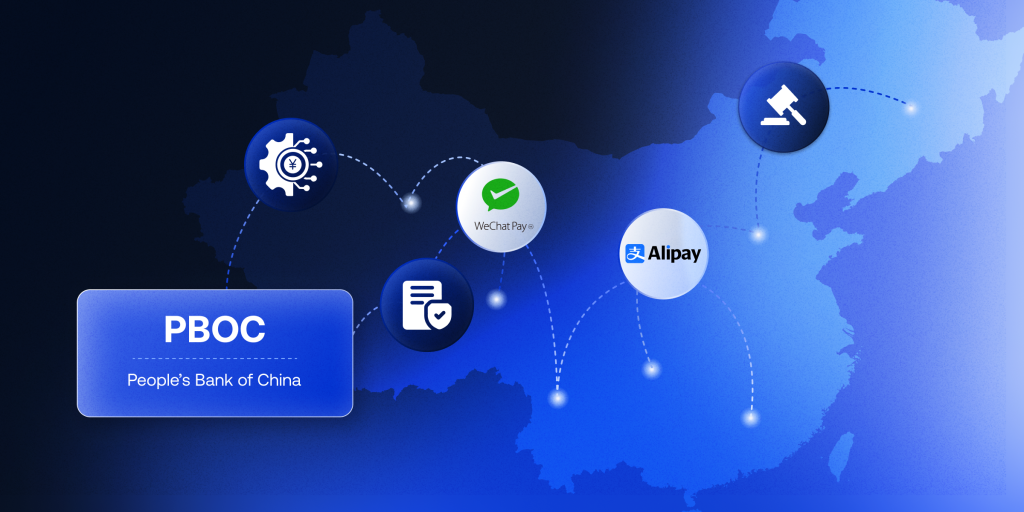
Regulatory authority:
The primary regulatory authority overseeing the payment system in China is the People’s Bank of China (PBOC). It is responsible for setting policies, issuing licences to payment service providers, and ensuring the stability and security of the payment system.
Key regulations:
- Payment Services Regulation is the basis for regulating non-bank payment institutions, including third-party payment platforms like Alipay and WeChat Pay. It requires these institutions to receive a payment business licence from the PBOC and comply with various operational and financial requirements.
- Cybersecurity law sets out requirements for PSPs to protect the security of customer data and prevent cybercrime. It mandates data localisation and requires companies to undergo regular security audits.
- Regulations on the Supervision and Administration of Non-Bank Payment Institutions include capital requirements, compliance and risk management standards, data security measures, and expanded supervision by the PBOC.
Notable developments:
Digital Currency Electronic Payment (DCEP): China is the first major economy to launch its digital currency, the digital yuan. Its issuance and use are regulated by PBOC.
Focus areas:
The Chinese regulatory framework is focused on controlling systemic risk, ensuring financial stability, and strictly supervising the rapidly growing fintech sector. There is also a great deal of attention to security and consumer data protection.
Payment regulations in India
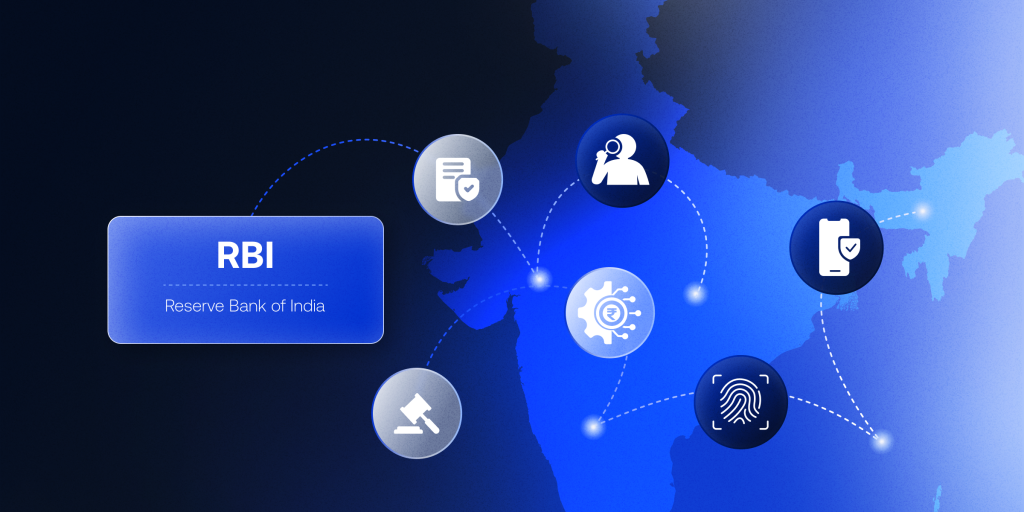
Regulatory authority:
Reserve Bank of India (RBI) is India’s central bank and the primary regulatory body for the payment system. It controls all payment service providers, including banks, non-bank financial companies, and fintech firms.
Key regulations:
- Payment and Settlement Systems Act empowers the RBI to regulate and oversee the functioning of payment systems, including electronic fund transfers, payment cards, and digital wallets.
- Prepaid Payment Instruments (PPI) Guidelines govern the issuing and operating of prepaid payment instruments like mobile wallets and prepaid cards. They require PPI issuers to comply with KYC norms, transaction limits, and other regulatory requirements.
- Payment Aggregators and Payment Gateways Regulation aims to standardise the operations of payment aggregators and gateways, ensuring transparency, customer protection, and secure transactions. They require entities to obtain a licence from the RBI and comply with capital requirements and other operational rules.
Notable developments:
India has launched the Unified Payments Interface (UPI) – a real-time payment system that enables instant money transfers between bank accounts. Its operations are regulated by the central bank, which ensures its security and efficiency.
Focus areas:
India’s payment regulations promote financial inclusion, trying to expand access to digital financial services across the population. They also prioritise the security of the payment system, setting strict compliance requirements for payment service providers.
Payment regulations in Japan
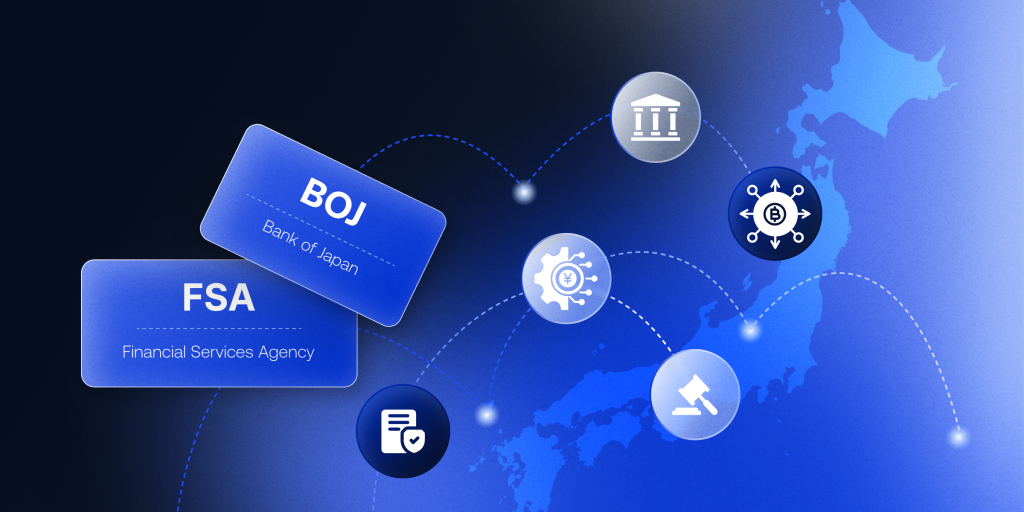
Regulatory authorities:
- Financial Services Agency (FSA) is the primary regulator of Japan’s financial system, including payment services. It is responsible for licensing, supervising, and ensuring compliance with financial regulations.
- Bank of Japan (BOJ) plays a role in overseeing Japan’s payment and settlement systems, particularly those related to the financial system’s stability.
Key regulations:
- Payment Services Act (PSA) covers various services, including electronic money, fund transfers, and prepaid payment instruments. The PSA imposes licensing requirements on payment service providers, mandates safeguarding customer funds, and ensures consumer protection.
- Amendments to the Payment Services Act (2021) expanded the scope of the PSA to include new categories of fund transfer services involving small amounts. They also introduced stricter regulations on anti-money laundering (AML) and cybersecurity.
- Cryptocurrency regulation mandates cryptocurrency exchanges to register with the FSA, comply with AML/CFT requirements, and ensure the security of their systems.
Focus areas:
Japan’s payment regulations are designed to foster innovation in the fintech sector and ensure robust consumer protection and financial stability. Strong cybersecurity and AML rules reflect this cautious approach to financial innovation.
Payment regulations in Singapore
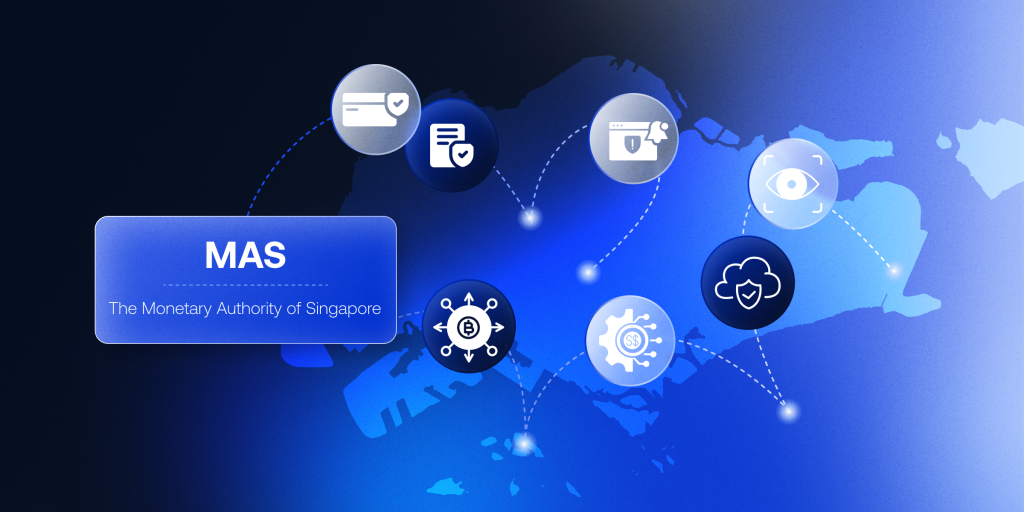
Regulatory authority:
The Monetary Authority of Singapore (MAS) is Singapore’s central bank that oversees all financial institutions, including payment service providers, and regulates the payments industry.
Key regulations:
- Payment Services Act (PSA) brings together various regulations related to payment services into a single piece of legislation. It covers various activities, including digital payment tokens (cryptocurrencies), e-money issuance, domestic and cross-border money transfers, and merchant acquisition. The PSA also introduced a modular licensing system that allows service providers to choose licences based on their specific services.
- Technology Risk Management Guidelines (TRMG) set standards for managing technology risks in the financial sector, including payment services. They cover areas like cybersecurity, data protection, and incident reporting.
- AML/CFT Guidelines require companies to implement robust KYC procedures, monitor transactions for suspicious activities, and report them to the authorities.
Focus areas:
Singapore’s regulatory framework promotes innovation while ensuring financial stability and consumer protection. The PSA’s flexible, modular licensing system allows companies to effectively scale their operations while complying with regulatory requirements. All this reflects Singapore’s status as a global fintech hub.
Payment regulations in Indonesia
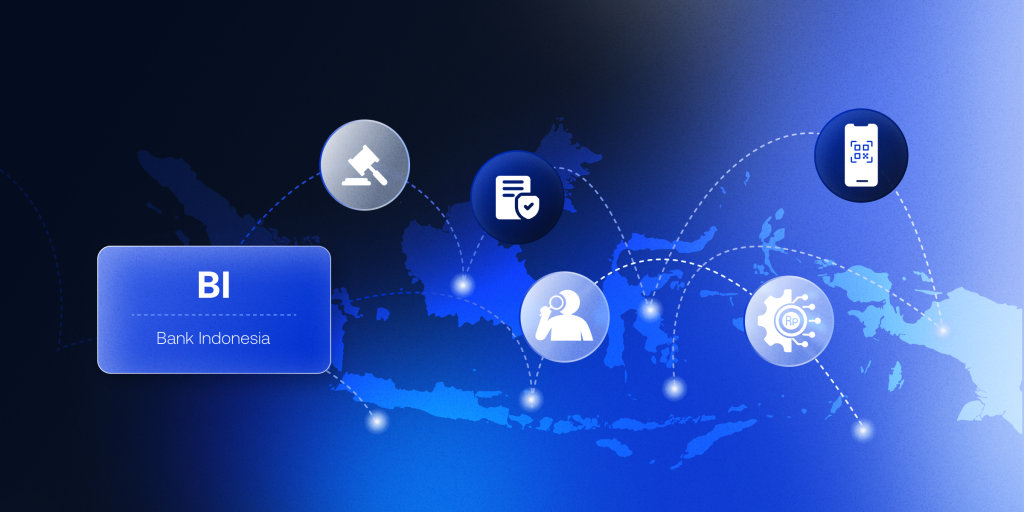
Regulatory authority:
Bank Indonesia (BI) is the central bank of Indonesia that regulates and supervises payment service providers to ensure the stability and efficiency of the payment system.
Key regulations:
- Payment Systems Law provides the legal foundation for regulating payment systems in Indonesia. It mandates all payment service providers to obtain a licence from BI and comply with operational and security standards set by the central bank.
- Quick Response Code Indonesian Standard (QRIS) is a standardised QR code system for payments across Indonesia. It aims to ensure compatibility between different payment service providers and promote the adoption of digital payments.
- E-Money Regulation controls the issuance and use of electronic money in Indonesia. It requires e-money issuers to meet specific capital requirements, implement KYC procedures, and ensure the security of transactions.
Focus areas:
Indonesia’s payment regulations are focused on promoting financial inclusion and standardising the payment system to ensure efficiency. The adoption of QRIS is a significant step towards creating a unified digital payment ecosystem in the country.
Payment regulations in Malaysia
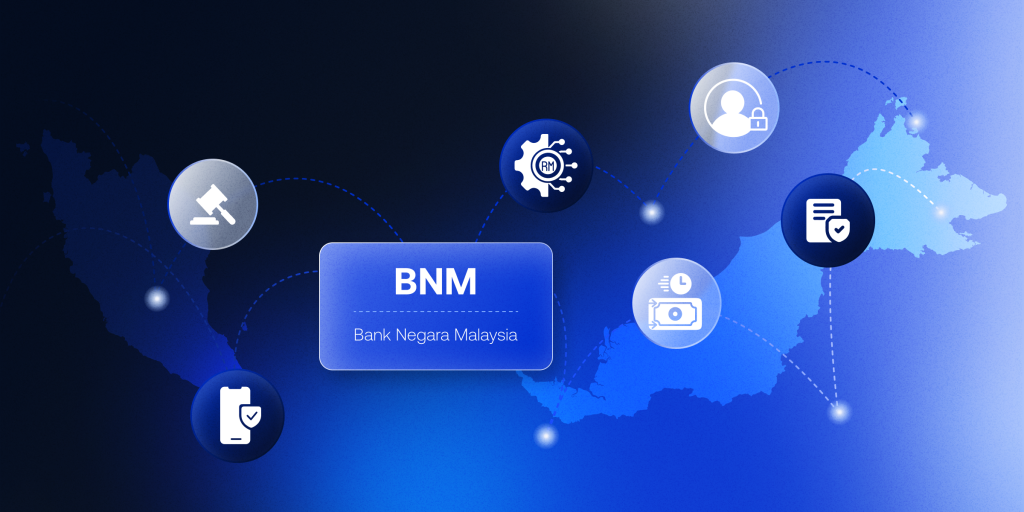
Regulatory authority:
Bank Negara Malaysia (BNM) is Malaysia’s central bank and the main regulatory authority overseeing the payment system. It is responsible for licensing, regulating, and supervising payment service providers in the country.
Key regulations:
- Financial Services Act regulates the operation of payment systems in Malaysia. It gives BNM the authority to govern and supervise all entities involved in payment services, including banks and non-bank institutions.
- E-Money Regulation controls the issuance and operation of electronic money, requiring issuers to obtain a licence and adhere to guidelines on capital requirements, consumer protection, and AML/CFT measures.
- Interoperable Credit Transfer Framework (ICTF) aims to promote compatibility among different payment systems in Malaysia, particularly for real-time credit transfers. It sets standards for the seamless transfer of funds between different payment service providers.
Focus areas:
Malaysia’s regulatory framework emphasises the transition towards a cashless society by promoting digital payments. BNM’s regulations focus on ensuring the security and efficiency of payment systems and promoting financial inclusion.
Learn about the most popular payment methods in Asia this year.
Payment regulations in the Philippines
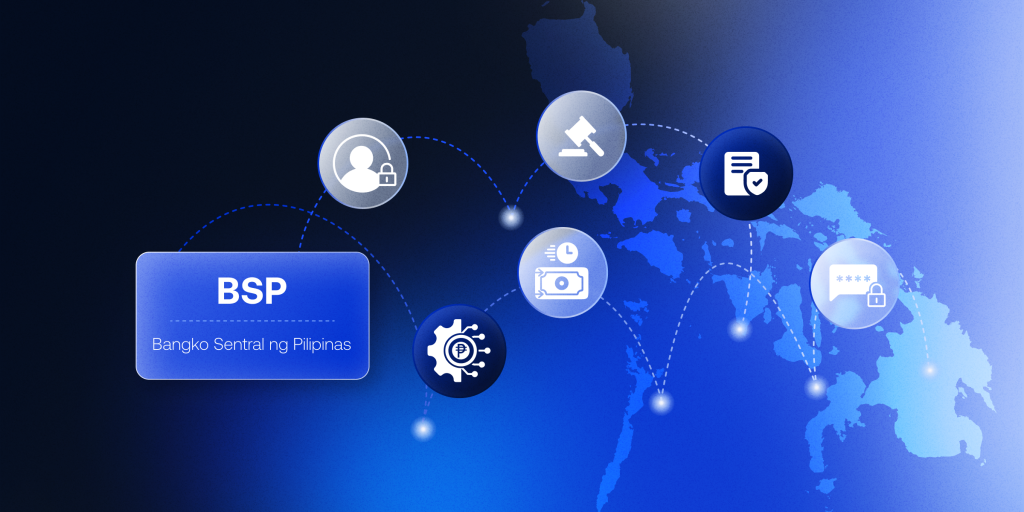
Regulatory authority:
Bangko Sentral ng Pilipinas (BSP) is the central bank of the Philippines and the primary regulatory authority for the country’s payment systems. It oversees the licensing, regulation, and supervision of payment service providers, including banks, electronic money issuers, and remittance companies.
Key regulations:
- National Payment Systems Act (NPSA) provides the legal framework for regulating and supervising payment systems in the Philippines. It mandates that all operators of payment systems (OPS) register with the BSP and comply with transparency, efficiency, and consumer protection standards.
- Electronic Money Issuers (EMI) Guidelines require EMI providers to secure licences, maintain capital adequacy, implement anti-money laundering (AML) measures, and ensure the security of customer funds.
- Payments and Settlements Roadmap: While not a regulation, it describes the central bank’s strategy for digital payments in the Philippines. It includes goals to increase the use of digital payments in retail transactions and expand access to financial services through digital means.
Notable developments:
To modernise the country’s payment infrastructure, the BSP has launched PhilPaSSplus. It’s an upgraded real-time gross settlement (RTGS) system that facilitates the safe and efficient transfer of large-value payments within the country’s financial system.
Focus areas:
The Philippines’ regulations promote financial inclusion and foster the growth of digital payments. BSP initiatives aim to ensure that payment systems are safe, efficient and accessible to transition the country to a less cash-dependent economy.
Key challenges and future directions
While the digital payment landscape in Asia is dynamic and rapidly evolving, several challenges remain:
- Cross-border payments: The fragmented regulatory framework in Asia is a major barrier to cross-border payments. Asian countries should work together to create unified regulations.
- Cybersecurity and fraud prevention: Despite all their convenience, digital payments risk fraud and cyberattacks. Regulators across Asia are increasingly focusing on strengthening cybersecurity measures and ensuring that payment service providers adopt robust security protocols.
- Financial inclusion: Despite significant progress, millions in Asia remain unbanked or underbanked. Regulators and policymakers must continue to promote financial inclusion, particularly in rural and underserved areas.
- Cryptocurrency and digital assets: The rise of cryptocurrencies and digital assets presents new regulatory challenges. While some countries, like Japan, have introduced specific regulations for digital assets, others are still trying to figure out how to regulate this emerging sector effectively.
Read about open banking regulations worldwide.
Stay compliant with Payop
When processing with Payop, you never have to worry about compliance with payment regulations in Asia. Payop is a PSP with a Standard Payment Institution (SPI) licence in Singapore. This means our platform complies with all local AML and PI regulatory requirements, including KYC/CDD processes, Transaction Monitoring, Risk Assessment, etc.
To remain a trusted payment partner for you, we regularly monitor changes in the local and global regulatory environment and make changes to our system and policies where necessary. You can always learn more from our team at sales@payop.com.





